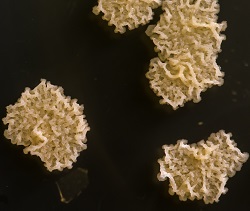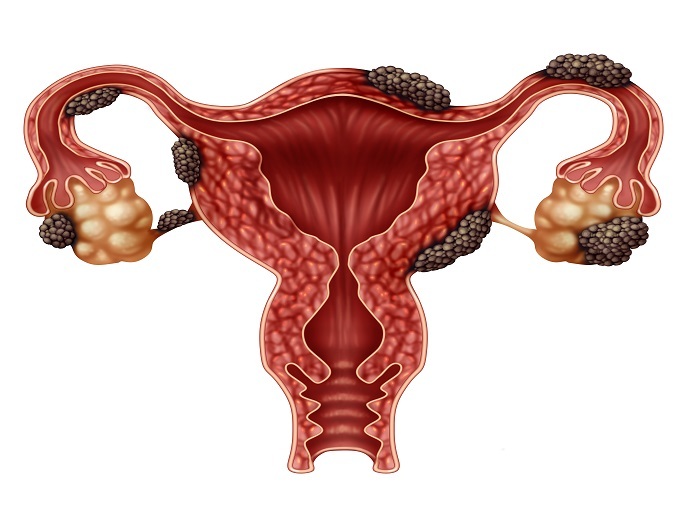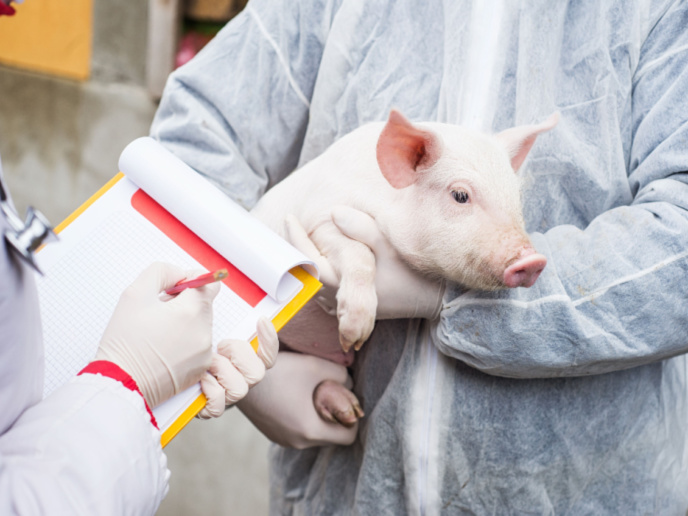Novel drugs against tuberculosis
One third of the world's population is infected with TB, with millions of new cases and nearly half a million deaths every year. Current TB treatments involve administration of a drug cocktail for at least six months, which can extend to two years for infections with multidrug-resistant strains of Mycobacterium tuberculosis, the causative agent of TB. Training to meet the challenges posed by increasingly drug-resistant TB Despite a WHO campaign to address the global rise of TB, there remains an urgent need for new cellular targets and better drugs to alleviate the devastating impact of this disease. Exacerbating the situation is the incidence of co-infection with HIV and the emergence of drug-resistant strains of Mycobacterium tuberculosis. The EU-funded Coopera-TB initiative established a joint academic industrial research programme to train four early stage researchers (ESRs) in TB drug discovery. “Our aim was to provide young researchers with a comprehensive perspective on the drug discovery process so that they can make significant contributions in the field,″ explains project coordinator Prof. Gurdyal Besra. Novel targets against Mycobacterium tuberculosis Trainees worked on interconnected research projects, focusing on the optimisation of lead inhibitor compounds against two novel Mycobacterium tuberculosis targets, DprE1/2 and AspRS. DprE1/2 is an essential isomerase required for the biosynthesis of key components of the mycobacterial cell wall, while AspRS is an aspartyl tRNA synthetase and central to the translation process of protein biosynthesis in Mycobacterium tuberculosis. Building on previous work by the scientific teams, the ESRs worked on the biology aspects of these enzymes and structure-activity relationship analysis. Inhibitors against these enzymes were identified from a whole cell high throughput phenotypic screening campaign of extensive compound libraries against Mycobacterium tuberculosis. Guided by the structures of the ‘hit’ molecules that emerged from these screens, scientists generated optimised molecules with improved inhibitory activities against DprE1. In addition, they synthesised structural analogues of the initially identified DprE2 inhibitor, providing some early indications about the mechanism of action of the hit molecule. “Elucidation of a detailed pharmacophore model is central to the success of any drug discovery process, as it helps to determine the mode of action of new drugs,″ emphasises Prof. Besra. Using the same approach, CooperaTB researchers developed screening methodology, which included biochemical assays and whole cell activity assays, to identify new AspRS inhibitors and determine the minimum inhibitory concentration. Early results uncovered three new and structurally distinct compounds, which display potent anti-TB activity but suffered from poor solubility. Researchers synthesised structural analogues of these molecules to enhance their water solubility and increase their potency. Towards the next generation of TB drugs The four Coopera-TB trainees now have an in-depth knowledge of the drug discovery and optimisation process. Through their exposure to both academic and industrial research environments, they can be expected to become effective advocates for future knowledge transfer and collaboration between academia and industry within Europe. “Most importantly, they have identified novel potent anti-TB compounds, which act on novel targets. These discoveries are opening up new avenues in the treatment of drug-resistant TB,″ concludes Prof. Besra.
Keywords
CooperaTB, tuberculosis (TB), Mycobacterium tuberculosis, DprE1, AspRS, DprE2







